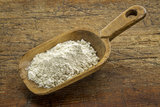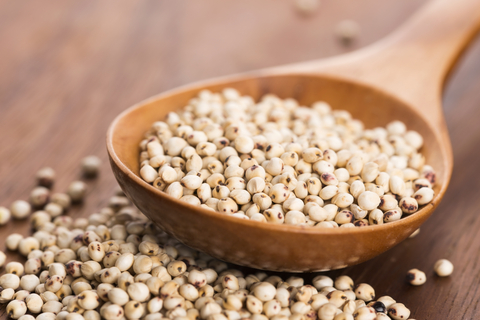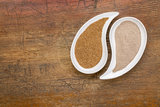Intro to Gluten-Free Flours
There are several gluten-free flours out there, so it can be a challenge to decide which flour is best for different types of baked goods. Here is our guide to breakdown each of these flour alternatives.
For flours that are made from grains (amaranth, buckwheat, corn, millet, quinoa, rice flours, sorghum, and teff), always buy them labeled gluten-free, since many are grown, harvested and processed in facilities that also manufacture wheat, barley, or rye and cross-contact can occur. When baking with gluten-free flours, unless it is a pre-blended mix, you will need to combine three or more flours to achieve structure, lightness and good flavor. This is why you will see multiple flours called for in recipes for baked goods and in recipes for creating your own flour blends. Unless otherwise specified, store flours in an airtight container for one to three months at room temperature or up to six months in the freezer.
Flour blends
There are many brands of all-purpose gluten-free flour blends available, each with different mixtures of various flours. They are convenient, since you can substitute them cup-for-cup in wheat flour recipes, but they can be quite expensive. Choose a brand based on the ingredients you prefer. Varieties with bean flour can have a “beany” flavor and with a large amount of cornstarch they can give baked goods a firm texture, and rice flour can give a gritty texture. Ingredients on the label are listed in descending order by predominance of weight, so you can tell which flour dominates in any flour blend. Follow the instructions and suggested uses for each brand, but don’t hesistate to experiment!
Gluten-Free Flour Blend Product Reviews
- Gluten-Free Flour Substitutes: Which One Is Your Favorite
from The Kitchnn - My Favorite Gluten-Free All-Purpose Flour Blends from My Gluten-Free Kitchen
- A Round Up of Gluten Free Premade Multipurpose Flour Mixes from My Life with Food Allergies
|
|
Almond flourSometimes called almond meal, it is made from finely ground almonds with or without their skins. Flour made with skin-on almonds will have a darker color and is suitable for rustic breads or baked goods that also have a dark color, such as chocolate desserts or gingerbread. Almond flour without the skin is made from blanched almonds and has a light ivory color. It can be used in light-colored cakes and muffins. It adds a delicate almond flavor and gives structure to baked goods. You can make your own by pulsing whole raw almonds or whole blanched almonds in a food processor. Store almond flour in the freezer up to six months. |
|
|
Amaranth flourHigh in protein, with a nutty flavor, it is used in baked goods and pasta. |
|
|
Bean floursBlack bean flour, white bean flour, fava bean flour, garfava (a blend of garbanzo bean and fava bean flour), garbanzo bean (chickpea) flour, green pea flour and soy flour are some of the readily available varieties. These are made by grinding the dried beans into a fine powder which can be used for making pasta, for coating foods before sautéing, as a binder for veggie burgers or meatloaf, or added to muffin or quick bread recipes. Bean flours tend to lend a definite bean flavor to dishes, so they are mainly used in savory dishes and in flavorful desserts such as those with chocolate or spices that mask the bean flavor. |
|
|
Buckwheat flourDespite its name, buckwheat is not wheat and contains no gluten. It has a distinctive earthy flavor (kasha is buckwheat), so use it where you will enjoy the unique taste in pancakes, pasta or crepes. |
|
|
Coconut flourMade from defatted coconut, this flour has a delicate coconut flavor, pale ivory color, and is high in fiber. Use it in sparingly in cakes, muffins, pancakes and cookies. With too much coconut flour, baked goods can be dry. Store coconut flour in the freezer up to six months. |
|
|
Corn floursMasa harina is made by mixing dried corn kernels that have been cooked and then ground with water and shortening or lard. The dough is dried to create masa harina. It is used in making tortillas and arepas. Cornmeal and blue cornmeal are simply ground corn. Look for brands that are whole grain, with the bran and germ of the corn still attached, for more fiber and nutrients. Cornmeal is used to make cornbread, muffins, hushpuppies, fritters and polenta. |
|
|
Millet floursMillet flour is a mild-flavored, light-colored flour, making it perfect for using in either sweet or savory recipes. It’s great for using in muffins, cookies and cornbreads. |
|
|
Rice floursBrown rice flour is ground from rice that still has the bran and germ attached, so it is higher in fiber and nutrients than white rice flour and it has an earthier flavor. White rice flour is ground from white rice and is very light in color and almost flavorless. These flours have many uses including in cakes, breads, noodles and for thickening sauces and making crispy coatings on fried foods. Sweet white rice flour is higher in starch and is made from the rice used for making “sticky rice” in Thai restaurants. It is used in small amounts in recipes, more as a binder than as a flour. Sweet brown rice flour is the same as the white version, only with the bran and germ still attached to the rice before it is ground. Neither of these flours is sweet and they do not contain sugar. |
|
|
Oat flourOat flour has a mild flavor and works well in sweets and breakfast breads. It is a whole grain and adds fiber and nutrients to quick breads, cookies and pancakes. If you have trouble finding gluten-free oat flour, you can make your own by processing gluten-free rolled oats in a food processor or blender until finely ground. Note: not everyone with celiac disease can tolerate oats. Most physicians recommend consuming under 2/3 of a cup a day. Be sure to talk to your doctor before adding labeled or certified gluten-free oats into your diet. |
|
|
Quinoa flourWith its mild nutty flavor and pale color, quinoa flour can be used for both savory and sweet recipes. It is excellent in cake and cookie recipes as well as breads and muffins. |
|
|
Sorghum flourThis whole grain flour has a smooth texture, which lends itself to baking delicate breads and muffins. In India, it is used to make the traditional flatbread, roti, and throughout the world it is used for pancakes and breads. |
|
|
Teff flourThis finely textured nutty flour can be used for making pie crust, pancakes, scones, and shortbread. In Ethiopian kitchens, it is used to make the traditional flatbread, Injera. It is especially high in fiber and in vitamin C, which is unique for a grain. |


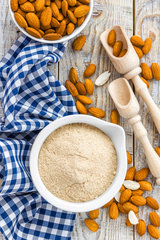
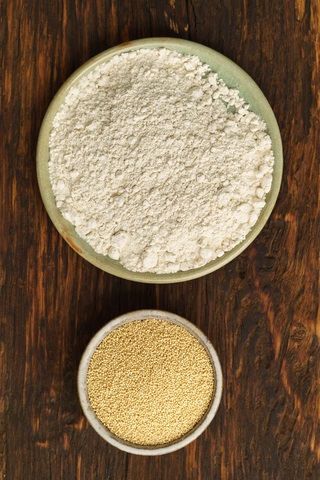
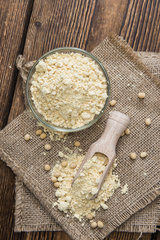
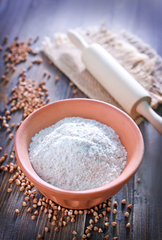
.jpg)
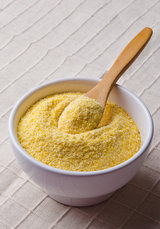
.jpg)
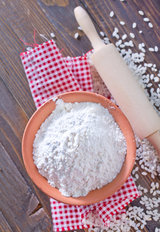
.jpg)
